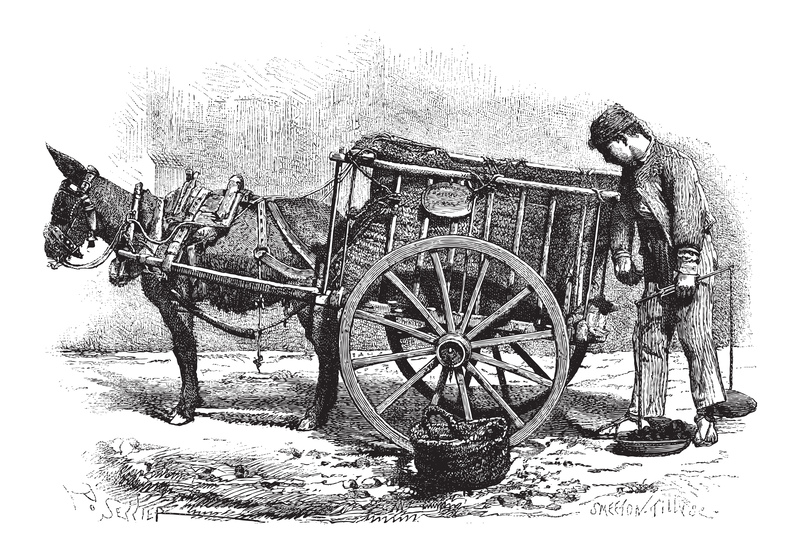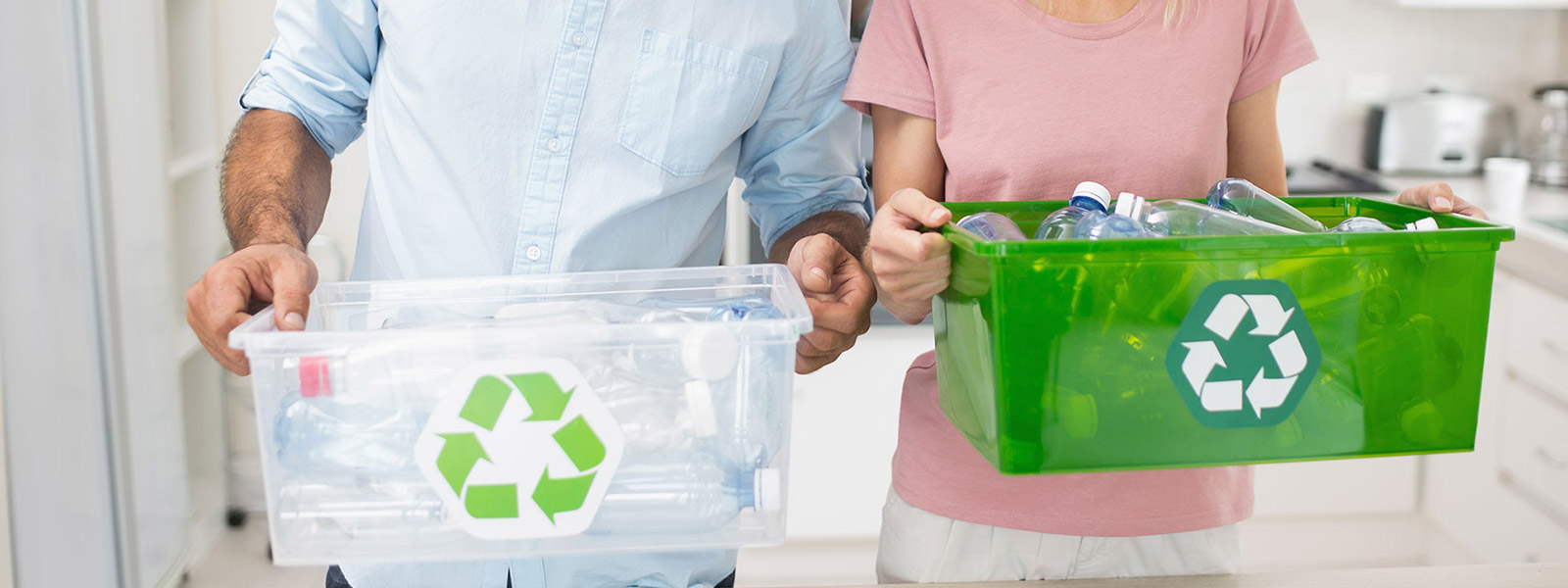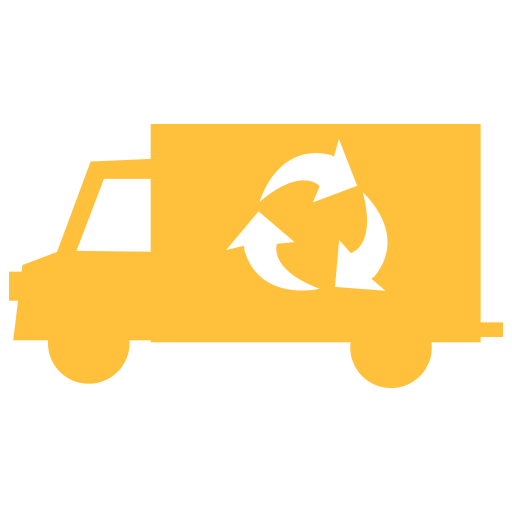Create a Productive Environment by Clearing Out Your Office Successfully
Posted on 20/10/2025
Is your workspace cluttered, chaotic, or uninspiring? Many professionals overlook how a messy office can hinder productivity and cause unnecessary stress. If you're ready to create a productive environment by clearing out your office successfully, this comprehensive guide will walk you step-by-step through the process. You'll discover actionable strategies, expert tips, and proven methods for transforming your workspace into a refreshing sanctuary that fosters creativity, efficiency, and satisfaction.
Why Clearing Out Your Office is Essential for Productivity
Did you know that the physical environment you work in directly influences your mental clarity, motivation, and effectiveness? Office clutter can lead to distractions, increased stress, lost time, and even professional embarrassment. According to organizational psychology research, a well-organized office can boost productivity by up to 30 percent by minimizing distractions and promoting focus.
Clearing out your workspace is the very first step toward building a solid foundation for a more fulfilling work-life balance.
Benefits of a Clean and Organized Office
- Sharper Focus: An organized space minimizes distractions and brain overload, enabling deep work and task completion.
- Less Stress: Knowing where everything is reduces anxiety, saving you from frantic searches or missed deadlines.
- Enhanced Professional Image: A tidy office impresses clients, colleagues, and supervisors, reflecting your organizational skills and professionalism.
- Improved Health: Reduced dust and allergens can significantly enhance air quality and physical well-being.
- Increased Efficiency: You'll waste less time looking for lost documents or tools, and more time getting things done.

Step-By-Step Guide: How to Successfully Clear Out Your Office
1. Set Clear Objectives for Your Office Clean Out
Before you start shifting piles and emptying drawers, define your goals. Do you want complete minimalism, or just a more functional space? Are you reorganizing for hybrid work or a return to the office? Setting clear intentions will help guide your decluttering process and keep you motivated.
Ask yourself:
- What does my ideal workspace look like?
- What specific problems do I want to solve? (e.g., too many papers, insufficient storage, lack of inspiration)
- How much time can I realistically devote to this process?
Write down your objectives and refer back to them as you progress.
2. Make a Comprehensive Office Inventory
Start by taking stock of everything in your office. Inventory all items--from large furniture down to paper clips and sticky notes. Use your phone or a spreadsheet to list what you have, where it is, and what condition it's in.
- Office supplies (pens, notepads, paper clips)
- Furniture (desk, chair, shelves)
- Tech equipment (laptop, chargers, headset)
- Files and paperwork (contracts, reports, reference material)
- Decorations and personal items
This step will highlight duplicate, broken, or unnecessary items, giving you an objective overview of what needs to stay and what can go.
3. Organize Items into Key Categories
The next step to clearing your office successfully is to sort every item into one of the following four categories:
- Keep: Essential items you use frequently or that support your work.
- Relocate: Items that belong elsewhere (another office, storage, home).
- Donate/Sell: Items in good condition that you no longer need.
- Dispose/Shred: Broken, outdated, or non-recyclable items, and confidential papers.
As you sort, be ruthless but realistic. If something hasn't been used in six months and holds no sentimental or practical value, it's time to let go.
4. Declutter Your Paperwork Methodically
Paper tends to multiply in offices. Here's how to tackle it:
- Go Digital: Scan important documents and store them in organized digital folders.
- Purge Regularly: Set aside time each quarter to review years-old paperwork and dispose of what's unnecessary.
- Use Shredders: For sensitive or confidential documents, shred instead of tossing in the trash.
- Establish a Filing System: Create labeled folders for essential paper documents and store them in an easily accessible drawer.
A clutter-free desk isn't just for show--it cultivates a more focused and energetic workflow.
5. Optimize the Layout of Your Workspace
A productive environment depends not just on what's present, but how it's arranged. After the purge, reassess your floor plan:
- Ergonomics: Ensure your desk, chair, and computer are at comfortable heights to prevent strain.
- Accessibility: Place frequently used items within arm's reach to avoid unnecessary movement.
- Lighting: Maximize natural light; poor lighting negatively impacts productivity and health.
- Personalization: Add a few inspiring or calming decorations, keeping minimalism in mind.
Every element should have a purpose--if it doesn't contribute to your office productivity, reconsider its place.
6. Utilize Smart Office Storage Solutions
Even after a thorough clear-out, ongoing organization is key. Invest in:
- Vertical Shelves: Take advantage of wall space to reduce desktop clutter.
- Drawer Organizers: Use trays or dividers to separate office supplies.
- Labeling: Clear labels make locating essentials easier for you and any team members.
- Hidden Storage: Consider under-desk bins or multi-purpose furniture to maximize space without sacrificing style.
These solutions help keep your office neat and orderly, preventing the gradual buildup of clutter.
7. Establish Simple Daily and Weekly Maintenance Habits
Clearing out your office is only effective if you maintain the results. Here's how:
- At the end of each day, tidy your desk and return items to their designated spots.
- Every week, review and file paperwork, restock essential supplies, and remove what you no longer need.
- Once a month, check and reorganize storage systems if necessary.
With regular effort, your office will remain a bastion of organization--integral for sustained productivity.
Expert Tips to Maximize Your Productive Office Environment
Leverage Digital Tools for Enhanced Organization
Productivity apps like Trello, Notion, or Evernote streamline task management and reduce reliance on physical notes. Use cloud-based file storage (Google Drive, Dropbox) to minimize paper and ensure easy document sharing.
Incorporate Mindful Design Elements
Introduce calming colors, motivational artwork, or a small plant. Studies show that natural elements (like a potted succulent) can significantly improve focus and reduce stress--crucial when aiming for a truly productive office environment.
Prioritize Comfort and Ergonomics
Invest in an ergonomic chair, supportive keyboard, or standing desk. Comfort reduces fatigue and allows you to work longer without distractions from aches or pains.
Control Distractions with Strategic Office Zone Planning
If possible, create "zones" within your office:
- Focus Zone: For intense work, free from noise and interruptions.
- Collaboration Zone: A small table or seating area for brainstorming sessions or brief meetings.
- Resource Zone: Storage, printers, and reference materials grouped in a convenient nook.
This planning fosters intentional productivity and maximizes available space.
Common Mistakes to Avoid When Clearing Out Your Office
- Rushing the Process: Effective organization takes time; don't cram it all into a single afternoon.
- Ignoring Digital Clutter: A clean desk won't help if your computer desktop is a mess!
- Failing to Involve Your Team: If you share the workspace, ensure you're all onboard and aligned on systems.
- Overcommitting to Decor: Too many decorations can become new clutter; use restraint when personalizing.
- Not Maintaining Progress: Make office clean-up a regular habit, not a one-time event.
Case Study: The Impact of Decluttering on Workplace Success
A 2023 survey by the International Productivity Institute found that employees with regularly organized offices reported:
- Faster Task Completion: 23% fewer hours lost searching for items.
- Higher Job Satisfaction: 67% felt more positive at work post-declutter.
- Lower Absenteeism: Improved air quality and comfort led to 18% fewer sick days.
One respondent noted, "Clearing my office completely changed my approach to work--I feel less overwhelmed and more creative than ever."

FAQs: Clearing Out Your Office for Productivity
- How often should I declutter my office?
A minor tidy up should happen daily, with a full declutter at least once per quarter. - What if I have too much paperwork to get through?
Start with one section at a time. Prioritize and digitize. Remember, progress over perfection! - Do I need professional help?
If you're overwhelmed, professional organizers or cleaning services can jumpstart your journey. - Can I apply these tips in a shared office?
Absolutely--just ensure all users agree to organizational systems and responsibilities. - How do I prevent future buildup?
Schedule regular maintenance, embrace minimalism, and deal with items as soon as they arrive.
Conclusion: Transform Your Office, Transform Your Work
Clearing out your office isn't just about tossing old files--it's about making a deliberate choice to prioritize your well-being and performance. With a clean, organized, and inspiring workspace, you'll be primed to accomplish more, stress less, and maximize your productivity every day.
Begin your journey to a productive office environment now--your future self will thank you!

 020 3409 4688
020 3409 4688 020 3409 4688
020 3409 4688




 House clearance
House clearance Waste Removal
Waste Removal Here at Rubbish Collection we offer an efficient and affordable house clearance at the best price. We can perform full domestic clearance in London, removing...
Here at Rubbish Collection we offer an efficient and affordable house clearance at the best price. We can perform full domestic clearance in London, removing... Waste can accumulate quickly and before you know it, it’s everywhere and taking up lots of space. If you would like it professionally removed, hire Rubbish Collection for the...
Waste can accumulate quickly and before you know it, it’s everywhere and taking up lots of space. If you would like it professionally removed, hire Rubbish Collection for the...





